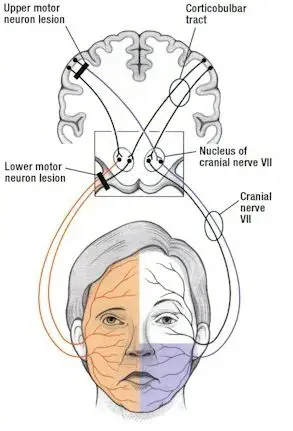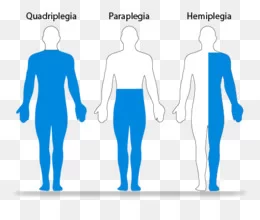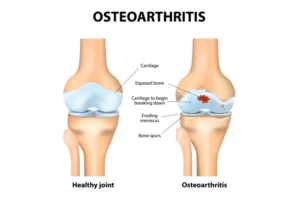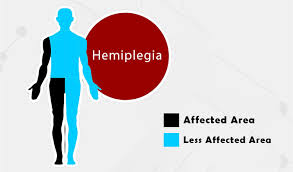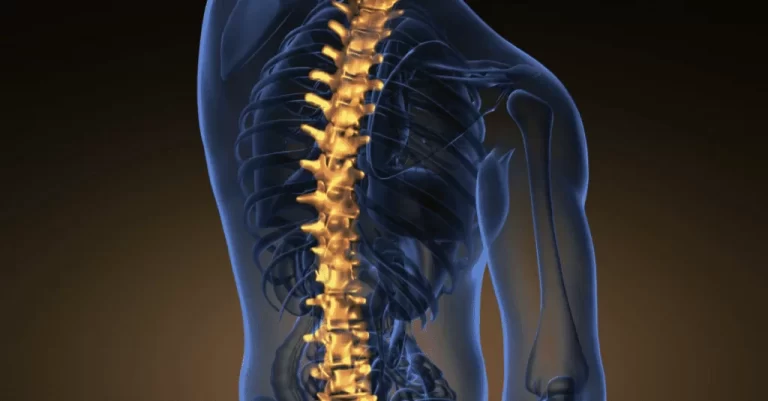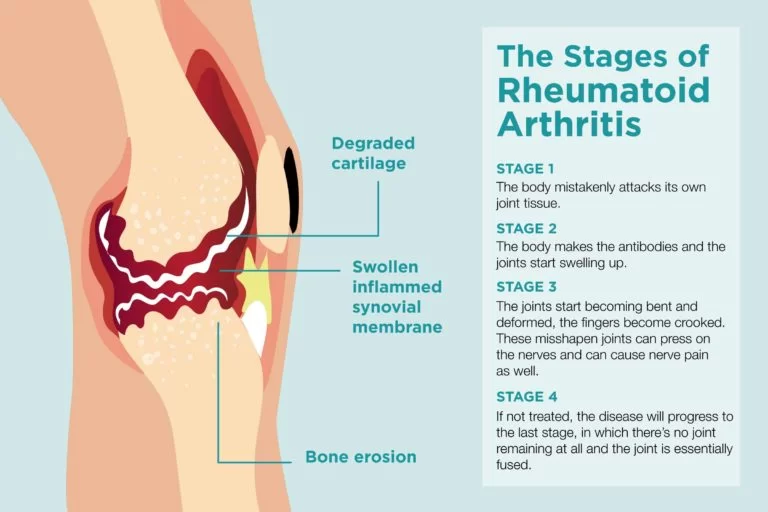Cerebellar Ataxia
Definition: Cerebellum: Causes of Ataxia: Signs and Symptoms of Ataxia: Types of Ataxia: (1) Cerebellar ataxia:(2) Sensory ataxia:(3) Vestibular ataxia:(4) Frontal ataxia:(5) Mixed ataxia: (1) Cerebellar ataxia: (2) Sensory ataxia: (3)Vestibular ataxia: (4)Frontal ataxia: (5)Mixed ataxia: Diagnosis of Ataxia: Physiotherapy Treatment and Rehabilitation of Ataxia:


